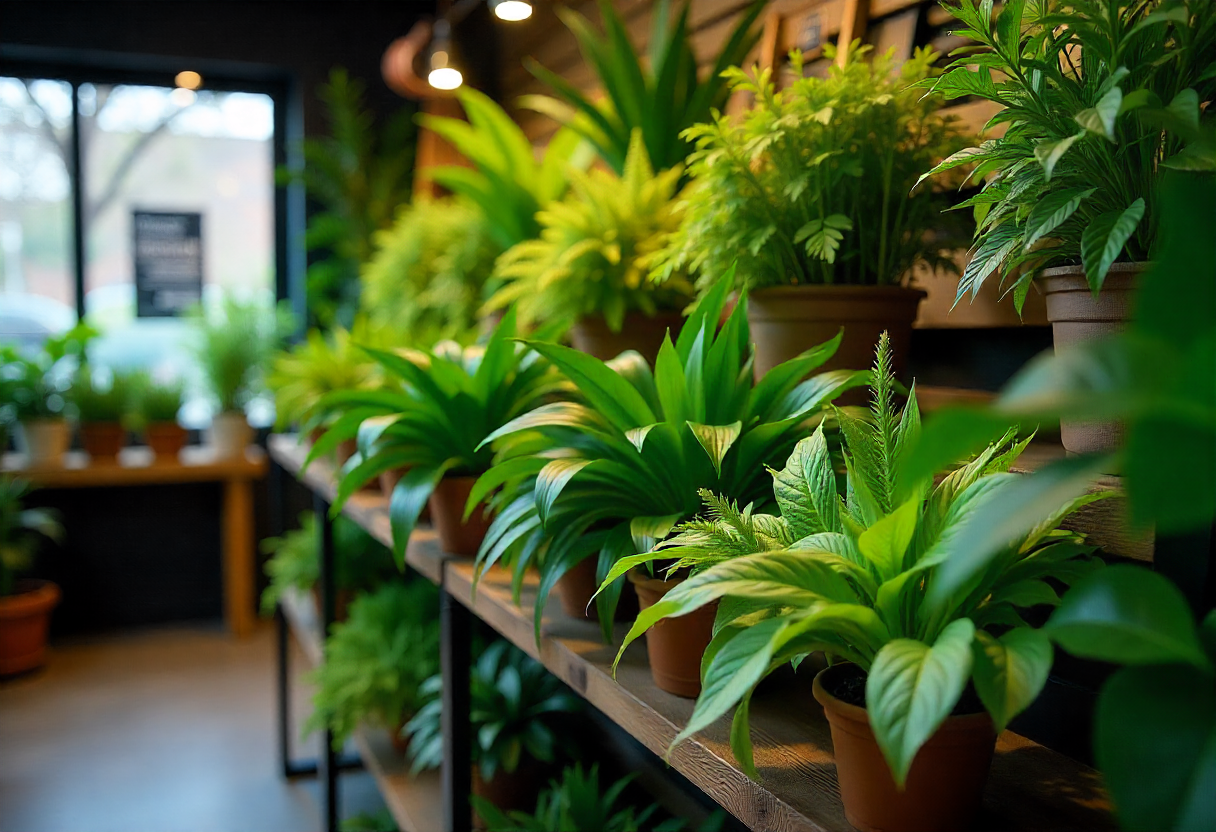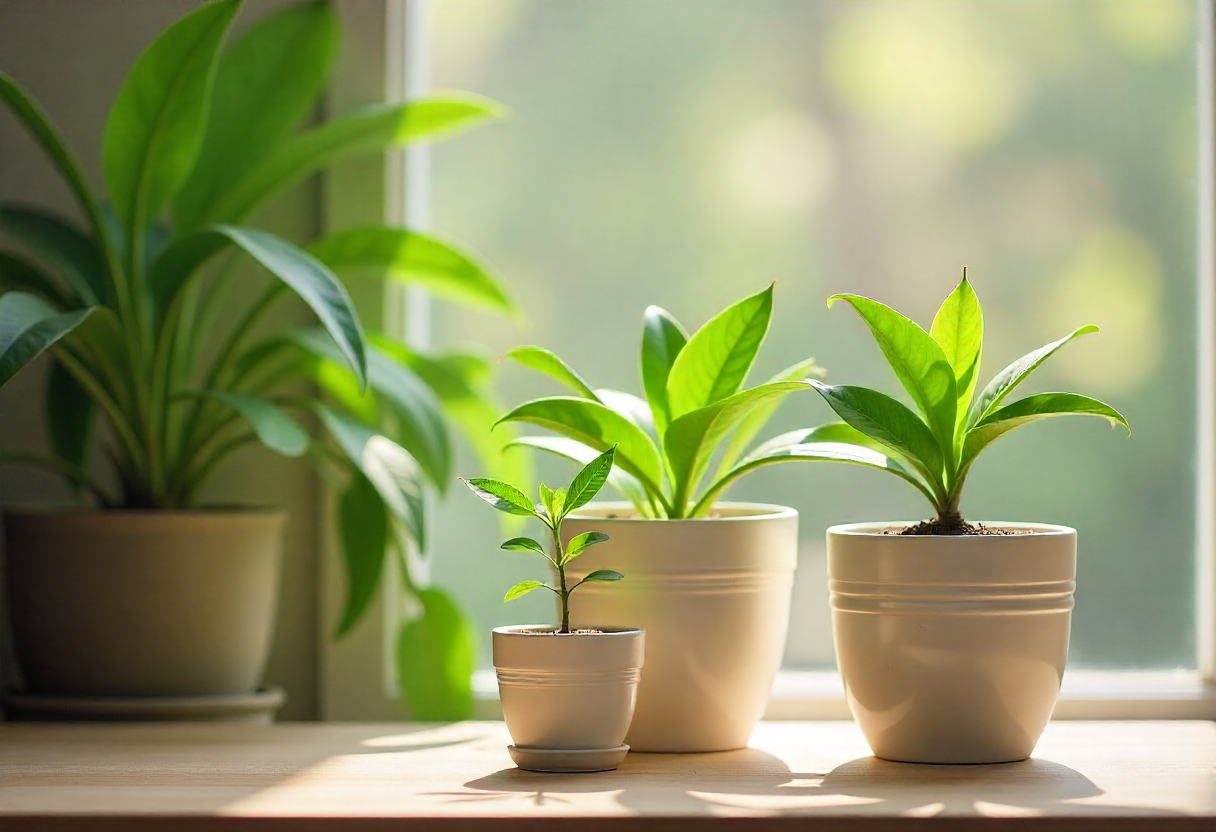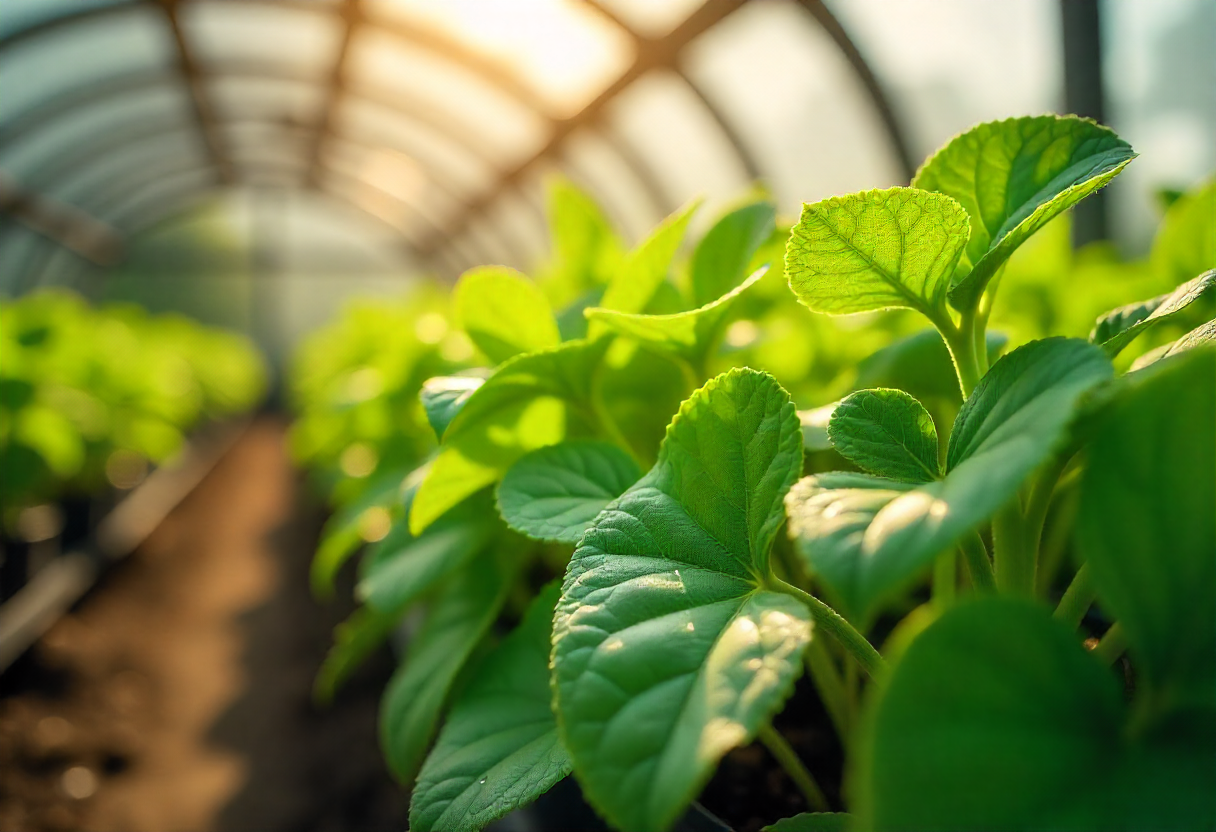Our Premium Plants
Each plant in our collection is carefully selected for its beauty, health benefits, and ease of care.

Monstera Deliciosa
Known for its unique fenestrated leaves, this tropical plant makes a stunning statement in any space. Thrives in bright, indirect light.
$59.99 NZD
Inquire Now
Fiddle Leaf Fig
With its large, violin-shaped leaves, this architectural plant adds instant sophistication to any interior. Prefers consistent conditions.
$79.99 NZD
Inquire Now
Snake Plant
One of the most forgiving houseplants, the snake plant purifies air and thrives even in low light conditions. Perfect for beginners.
$39.99 NZD
Inquire Now